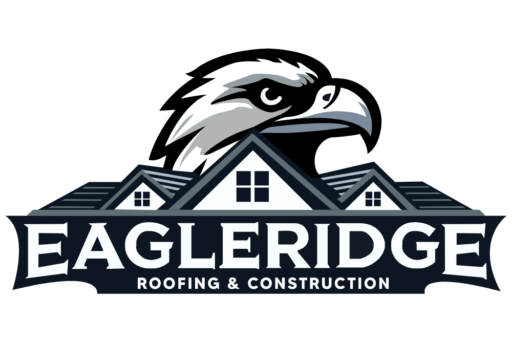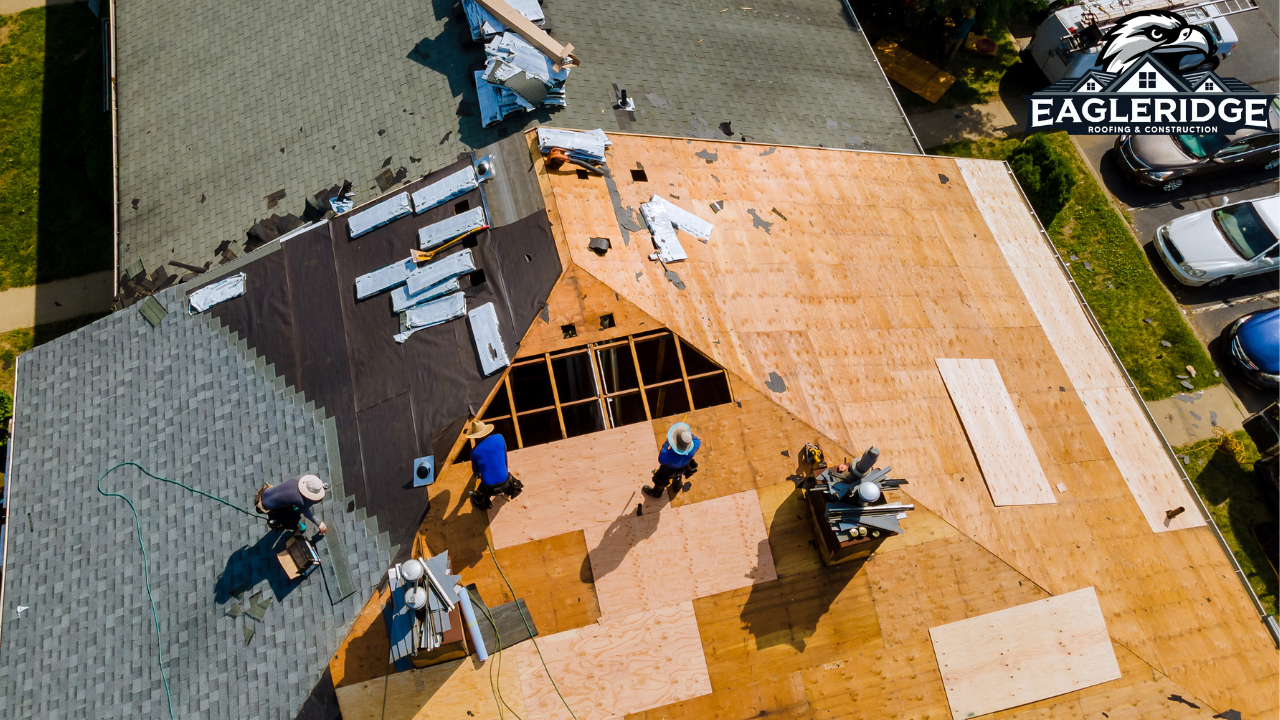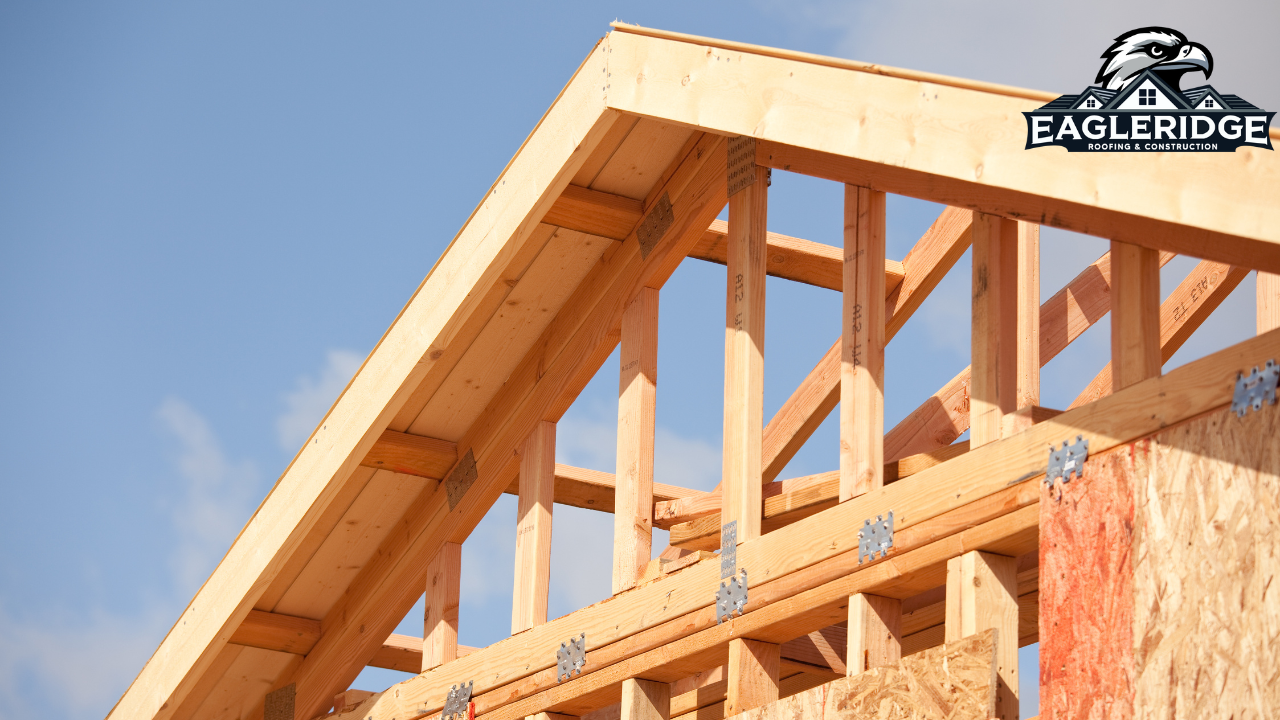Proper attic ventilation plays a fundamental role in preventing ice dams on Utah homes by ensuring consistent temperature regulation in attic spaces. It minimizes the risk of ice dam formation by maintaining even roof surface temperatures, thereby preventing the melting and refreezing of snow at roof edges. Effective ventilation systems, such as ridge, soffit, and gable vents, facilitate appropriate airflow, reducing moisture buildup and protecting structural integrity. With ideal attic ventilation, homeowners can prevent the warm air from causing snow melt and subsequent roof damage. Discover more about the best practices for maintaining a well-ventilated attic in Utah climates.
Understanding Ice Dams
Ice dams, a common winter challenge in colder regions, arise when snow on a roof melts and refreezes at the eaves, creating a barrier that prevents proper drainage.
This phenomenon occurs primarily due to temperature variations across the roof surface. The warm air from the interior heats the roof, causing snow to melt, while the edges remain cold, leading to refreezing and subsequent ice formation.
Importance of Attic Ventilation
Proper attic ventilation plays an essential role in mitigating ice dam formation and maintaining a healthy home environment.
By ensuring consistent airflow, it helps regulate attic temperature, preventing the roof from heating unevenly. This balance reduces the risk of snow melting and refreezing at the eaves, a primary cause of ice dams.
Additionally, adequate ventilation minimizes moisture buildup, protecting the attic from mold and structural damage.
Types of Ventilation Systems
When selecting an attic ventilation system, understanding the various types available is essential for ensuring effective airflow management.
The primary systems include:
- Ridge Vents: Installed along the roof's peak, allowing warm air to escape.
- Soffit Vents: Positioned under the eaves, drawing in cooler air from outside.
- Gable Vents: Placed on the gable ends, facilitating cross-ventilation.
Each system offers unique benefits for preventing ice dams.
Best Practices for Utah Homes
For homeowners in Utah, implementing effective attic ventilation practices is essential to maintaining the structural integrity of their homes and preventing costly issues like ice dams.
Ensuring adequate airflow by installing ridge and soffit vents helps regulate attic temperatures.
Additionally, sealing attic bypasses and ensuring proper insulation levels can prevent warm air from escaping into the attic, reducing the risk of ice dam formation.
Our services
Proper attic ventilation is crucial in preventing ice dams in Utah as it maintains a consistent roof temperature. Effective ventilation systems, such as ridge vents and soffit vents, ensure adequate airflow, reducing heat buildup and allowing snow to melt evenly. By implementing best practices for ventilation, you can significantly decrease the risk of ice dam formation, protect structural integrity, and prevent water damage. Homeowners should prioritize ventilation improvements tailored to local climate conditions for optimal performance and longevity.
Looking for expert assistance? Contact a professional roofer to ensure your attic ventilation is up to standard.
Get a Free Roof Inspection Today:
(801) 784-1457
EagleRidge Roofing Company Utah
Searching for the best roofing contractors in Utah? EagleRidge is your go-to team for all roofing needs! We're Utah's premier roofing company, serving Salt Lake City, Provo, Orem, and the entire Wasatch Front.
✓ Expert Roof Repairs ✓ New Roof Installations ✓ Roof Replacements ✓ Free Roof Inspections ✓ Storm Damage Specialists ✓ Residential & Commercial Roofing
Don't let a leaky roof ruin your home! Our skilled Utah roofers use top-quality materials to keep your property safe and dry. From shingle roofs to metal roofing, we do it all.




